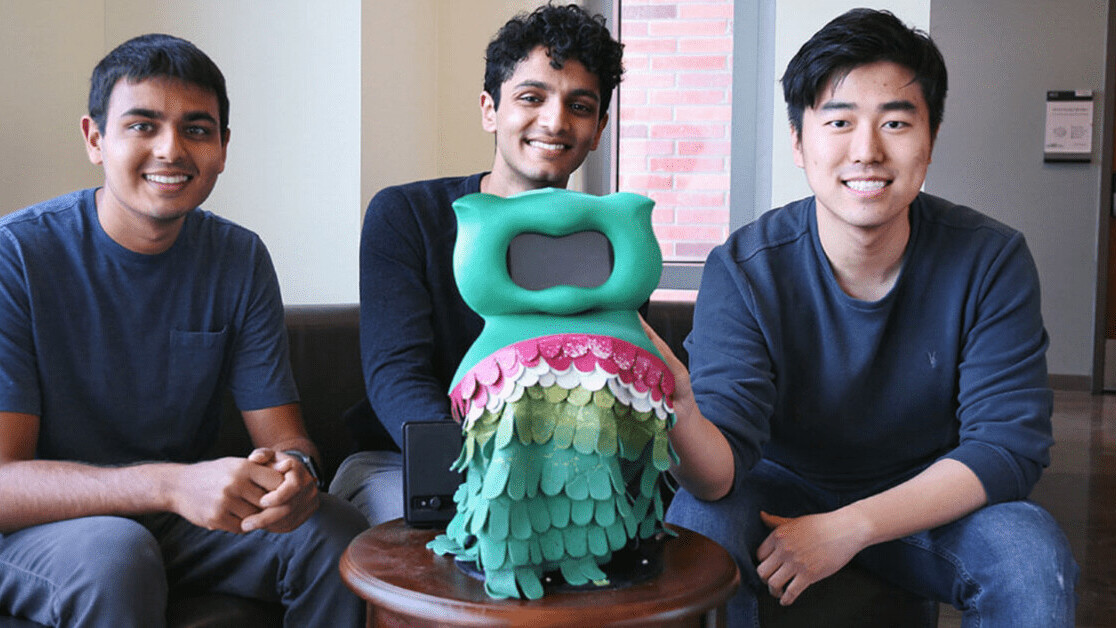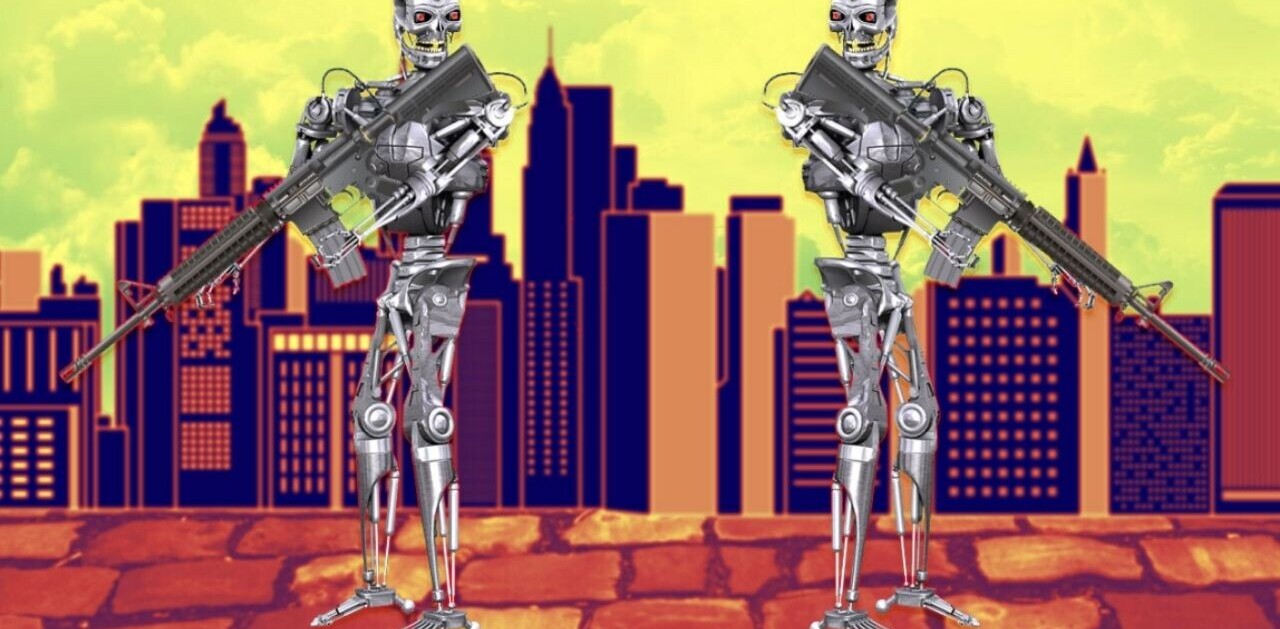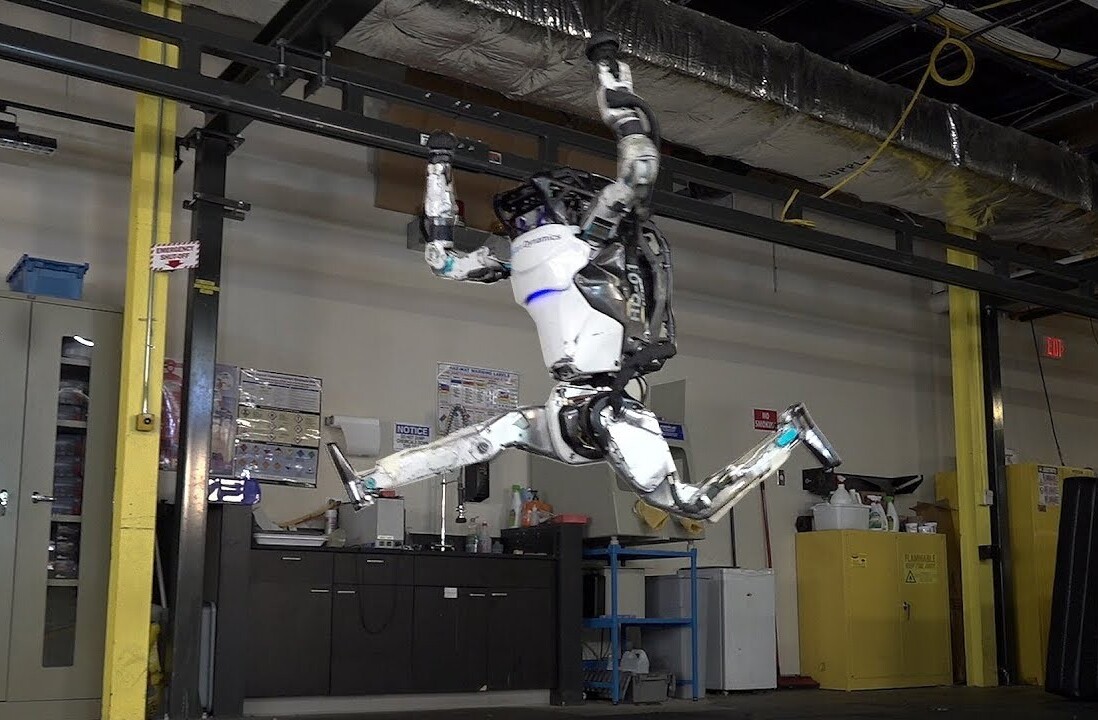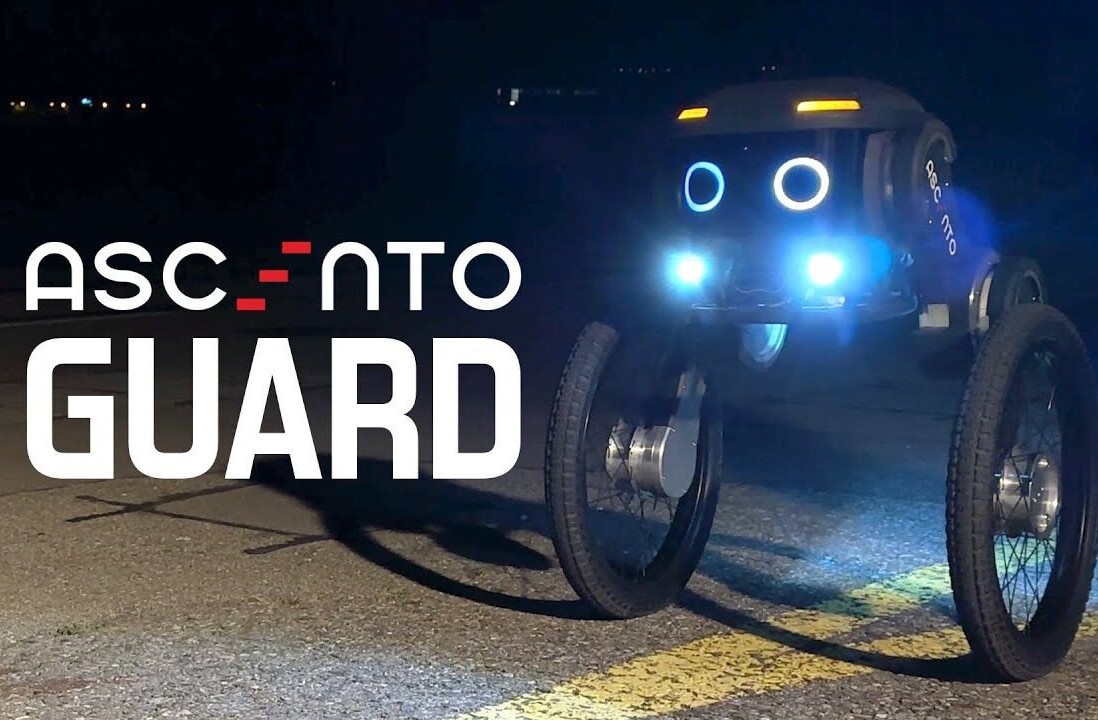Researchers have developed a new personalized learning robot for autistic children that uses machine learning to adapt its lessons to each kid’s changing needs.
The University of Southern California team put a “socially assistive robot” called Kiwi in the homes of 17 autistic children and set the two-foot-tall, green-feathered robot to give each child personalized classes.
Over the course of a month, the children played space-themed math games on a tablet device while Kiwi provided feedback and instruction, such as congratulating them on a correct answer or giving tips after a wrong one.
As the lessons progressed, algorithms adjusted Kiwi’s feedback and the difficulty of the games to the child’s individual needs.
[Read: Elon Musk says Neuralink can ‘solve’ autism with a brain chip. We call BS]
By the end of the month, all of the children had improved their math skills, while 92% had also improved their social skills.
To evaluate each child’s level of engagement, the researchers analyzed a range of data, including eye gaze, head pose, audio pitch, and performance on the task. This showed that the robot could autonomously detect whether the child was engaged with 90% accuracy.
Importance of personalized learning
Research suggests that robots can help autistic children improve both their academic and social skills. This is most effective if the robot can react to each child’s individual behavior, but most existing robotic systems are too rigid to do this.
“If you think of a real learning environment, the teacher is going to learn things about the child, and the child will learn things from them,” said Shomik Jain, a progressive degree mathematics student who was the lead author of the study.
“It’s a bidirectional process and that doesn’t happen with current robotic systems. This study aims to make robots smarter by understanding the child’s behavior and responding to it in real-time.”
These robots could be more affordable than human care and would not be restricted to times or locations, but critics worry that these benefits could also become a risk.
“AI methods cannot and must not be used as a cheaper substitute for treatment by human doctors,” Alena Buyx, a Professor of Ethics in Medicine and Health Technologies at the Technical University of Munich, said last year.
The researchers stress that they want robots to augment human invention rather than replace it.
“Human therapists are crucial, but they may not always be available or affordable for families,” said Kartik Mahajan, an undergraduate student in computer science and the study’s co-author. “That’s where socially assistive robots like this come in.”
You’re here because you want to learn more about artificial intelligence. So do we. So this summer, we’re bringing Neural to TNW Conference 2020, where we will host a vibrant program dedicated exclusively to AI. With keynotes by experts from companies like Spotify and RSA, our Neural track will take a deep dive into new innovations, ethical problems, and how AI can transform businesses. Get your early bird ticket and check out the full Neural track.
Get the TNW newsletter
Get the most important tech news in your inbox each week.





